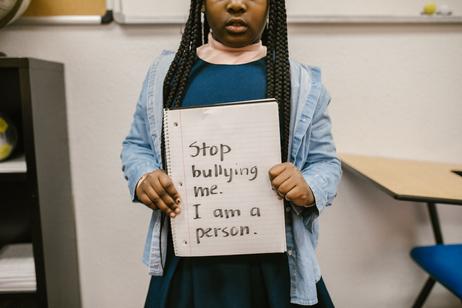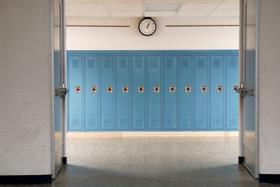Public schools have taught the Advanced Placement curriculum for decades. AP courses offer students the opportunity to accelerate in the subjects in which they are particularly gifted. In addition, students who score well on AP exams can obtain college credits or test out of courses before ever attending a university. However, some schools are taking the advanced placement program one step further, requiring students to take exams that will bolster the school's own standing in some national rankings.
Those Opposed to AP Requirements
The AP examinations offer many benefits to students, but they cost a lot to take. Most of the exams cost between $50 and $100. Some schools pick up the tab, and others charge students directly for the exams.
One of the complaints parents and students alike have in districts that are requiring the exam is that some families cannot afford the expense of the test. This means some students will not benefit from the Advanced Placement classroom because they can't afford the required exam with the course itself.
Others are unhappy about the requirement to take an exam that may or may not offer much benefit to them. For students taking Advanced Placement courses, the time required to prepare for many examinations may be more than the students can handle. Most will pick and choose the exams to take based on their expectations of which exams they predict they will master.
The percentage of students enrolled in advanced placement courses who

































